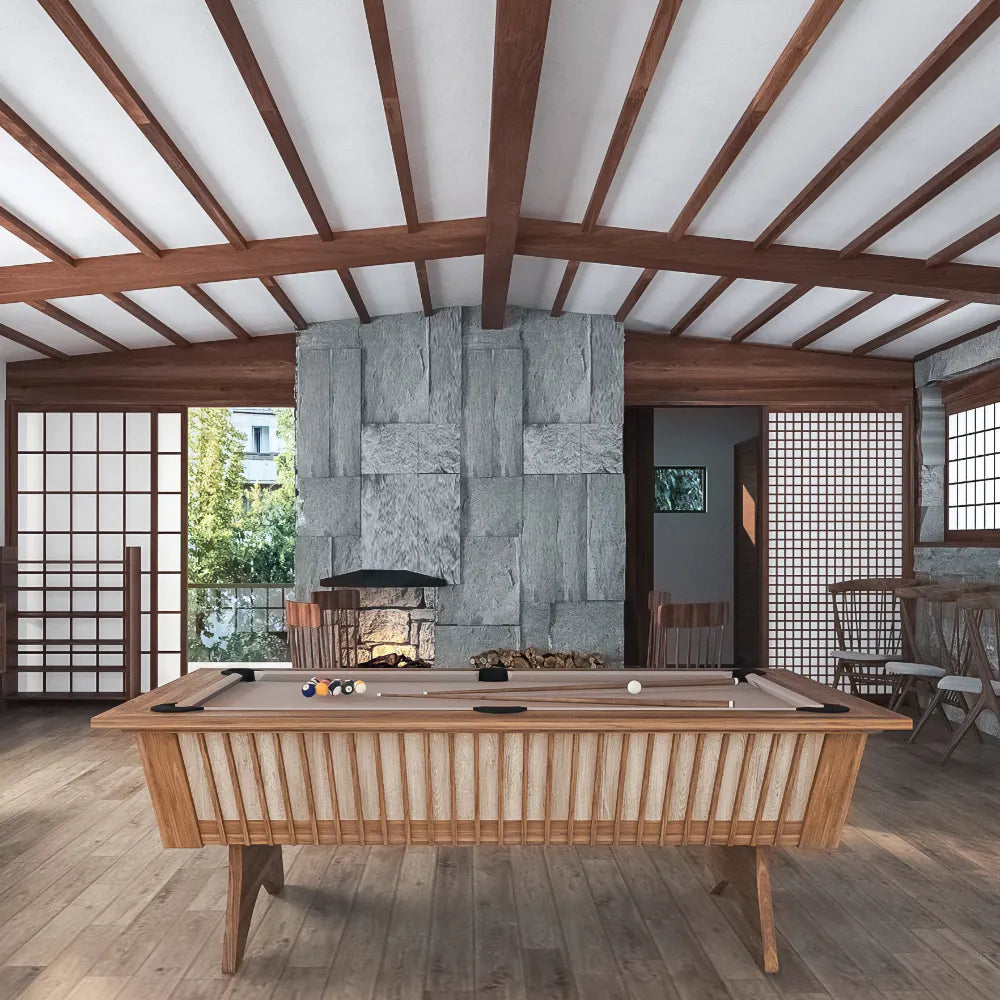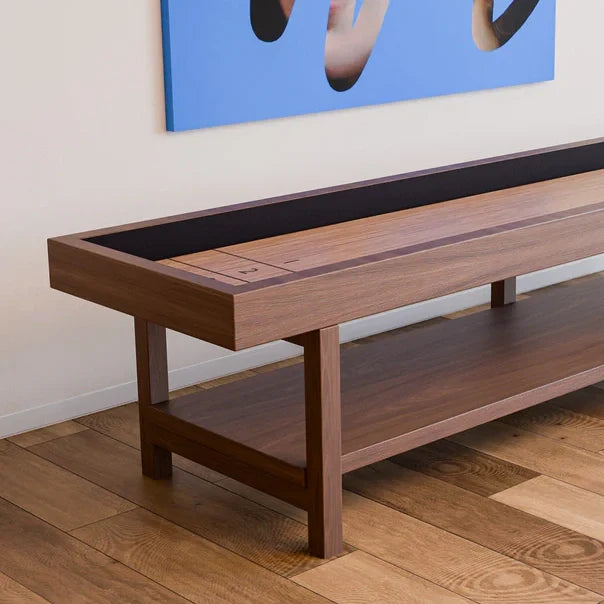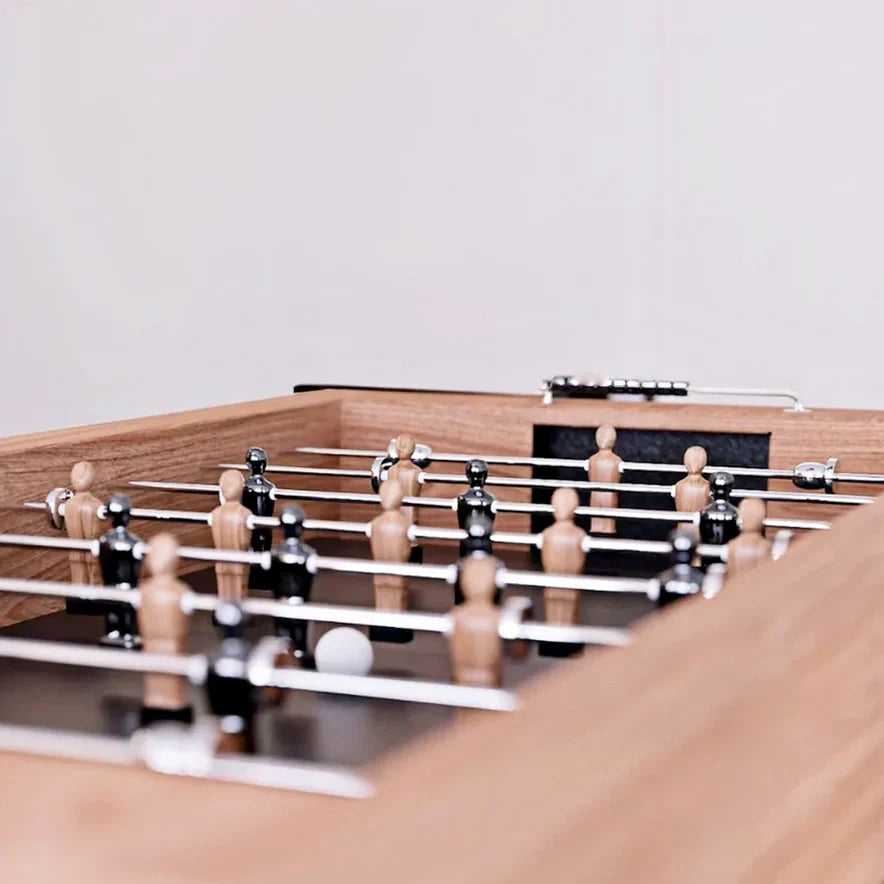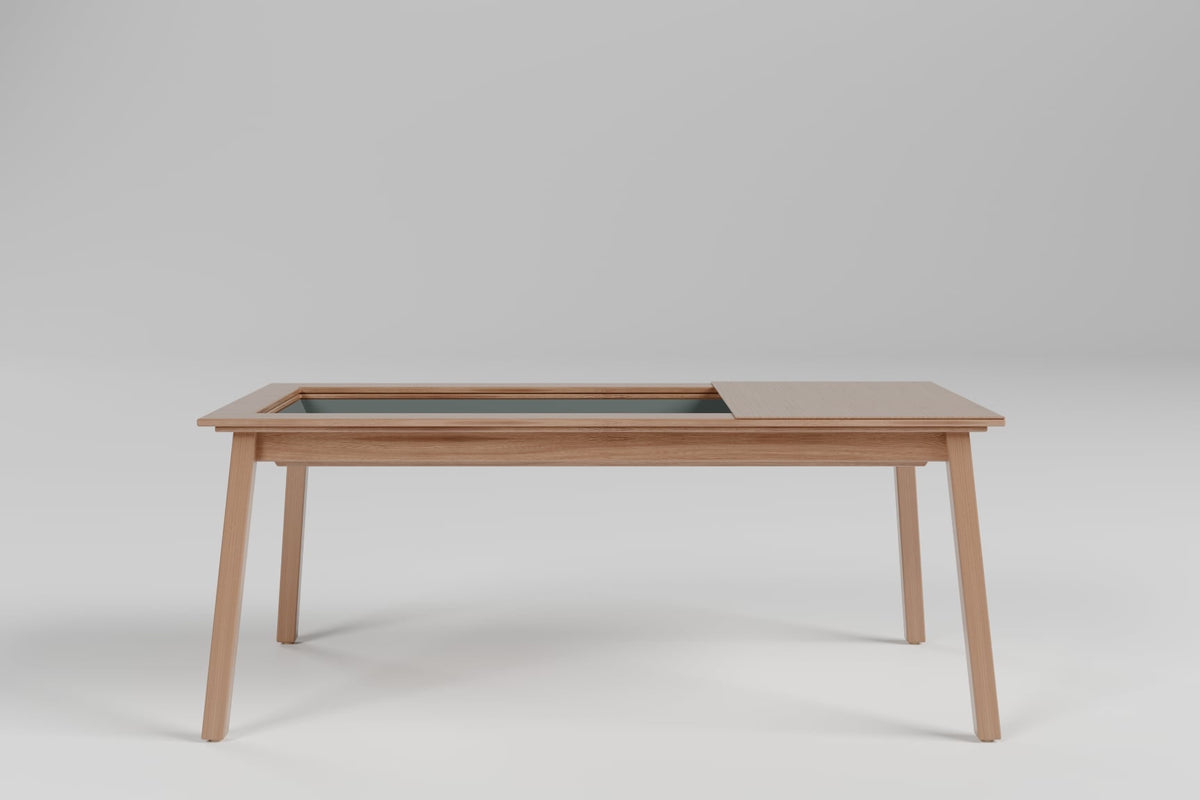Origins in Outdoor Games
Billiards can trace its ancestry back to outdoor games played with sticks and balls, similar to croquet and golf. The earliest forms of billiards were played on grass, and when the game transitioned indoors in the 15th century, green felt was chosen for table coverings to mimic the natural playing surface of grass.
Adoption of Baize
The fabric used for billiard tables is typically baize, a durable woolen material that became popular in England during the 16th century. The green color of baize was selected to maintain the visual connection to outdoor play, reinforcing the sport's heritage.
Cultural Significance
Over centuries, the green cloth has become a traditional standard in cue sports, symbolizing not just the game’s history but also its cultural significance in social settings like pubs and clubs. This tradition has persisted even as other colors have emerged, particularly blue, which gained popularity for televised tournaments due to visibility concerns.
FAQs about Green Felt on Pool Tables
Why is pool table felt traditionally green?
Green felt is used because it resembles grass, reflecting billiards' origins as an outdoor game played on lawns.
Are there other colors available for pool table felt?
Yes, while green remains traditional, many manufacturers now offer various colors, including blue, red, and even custom shades to match decor.
What material is used for pool table felt?
Pool table felt is typically made from baize, a woolen fabric known for its durability and smooth playing surface.
Why did blue chalk become popular instead of green?
Blue chalk became favored because it was perceived as higher quality and did not leave visible marks on the green cloth, making it more practical for players.
Has the fabric used for pool tables changed over time?
Yes, while wool was initially dominant due to its availability, advancements have led to synthetic blends that offer improved durability and performance compared to traditional wool felt.





0 comments